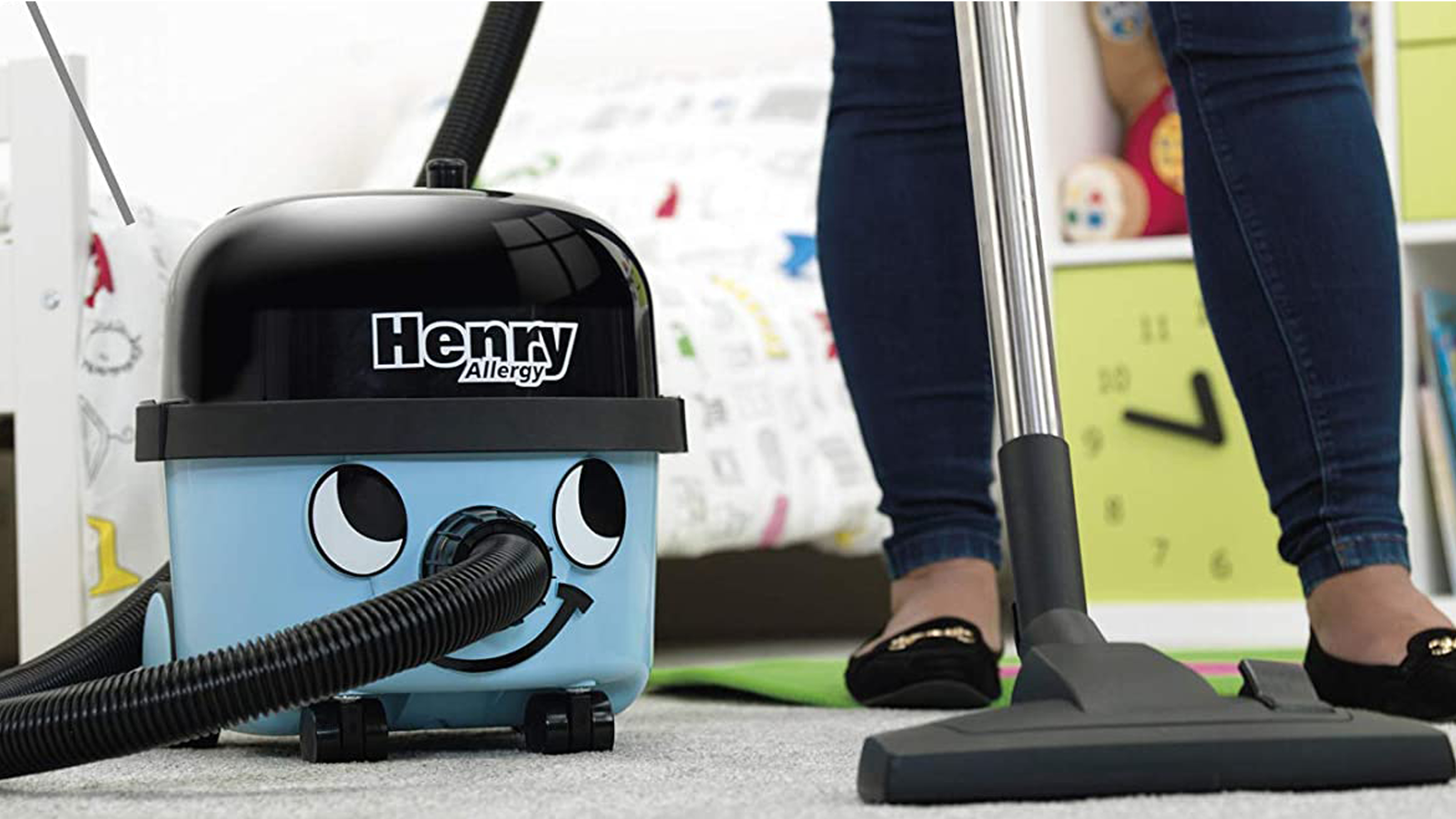
Loved by commercial cleaners, builders and home renovators, it’s widely known that if you want serious dirt removal, Henry is your…man? Sure, there are few frills, and certainly no Apps or LED controls to deal with, but on suction power and durability, it’s hard to beat a Henry. There are several permutations in Numatic’s Henry line (not to mention the extended family – Hetty, Harry, George etc) and, as the name suggests, the Henry Allergy vacuum focuses on reducing exposure to house dust mite and pet mite allergens.
Initially I was reluctant to put my cordless vacuum cleaner aside to put the Henry Allergy through its paces for an entire month. Not least because we deliberately cut back on low level wall sockets when we renovated, only positioning them where needed for a lamp or computer etc. When you have no plans to return to corded vacuum cleaning, a power socket in every corner of the room seems pointless.
Socket conundrums aside, I was particularly interested to find out if the Henry Allergy would make any difference to my youngest daughter’s Piriton dependency. With three very hairy dogs in the house and being surrounded by dusty, pollen-ripe farmland, she is often overcome with sneezing, particularly in summer, poor thing.
During the month-long test period, I used the Henry Allergy on all our many and varied floor types – terracotta, porcelain, encaustic, solid wood, laminate and carpet. I also used it to muck out our filthy car and, possibly unwisely, the dry but leaf strewn pathways and steps around the front door.
Keep reading to find out how I got on with the Henry Allergy vacuum – might it be worth rethinking those sockets? Then check out our best Henry vacuum guide for more top contenders from this ultra-reliable brand.
Henry Allergy: the important stuff
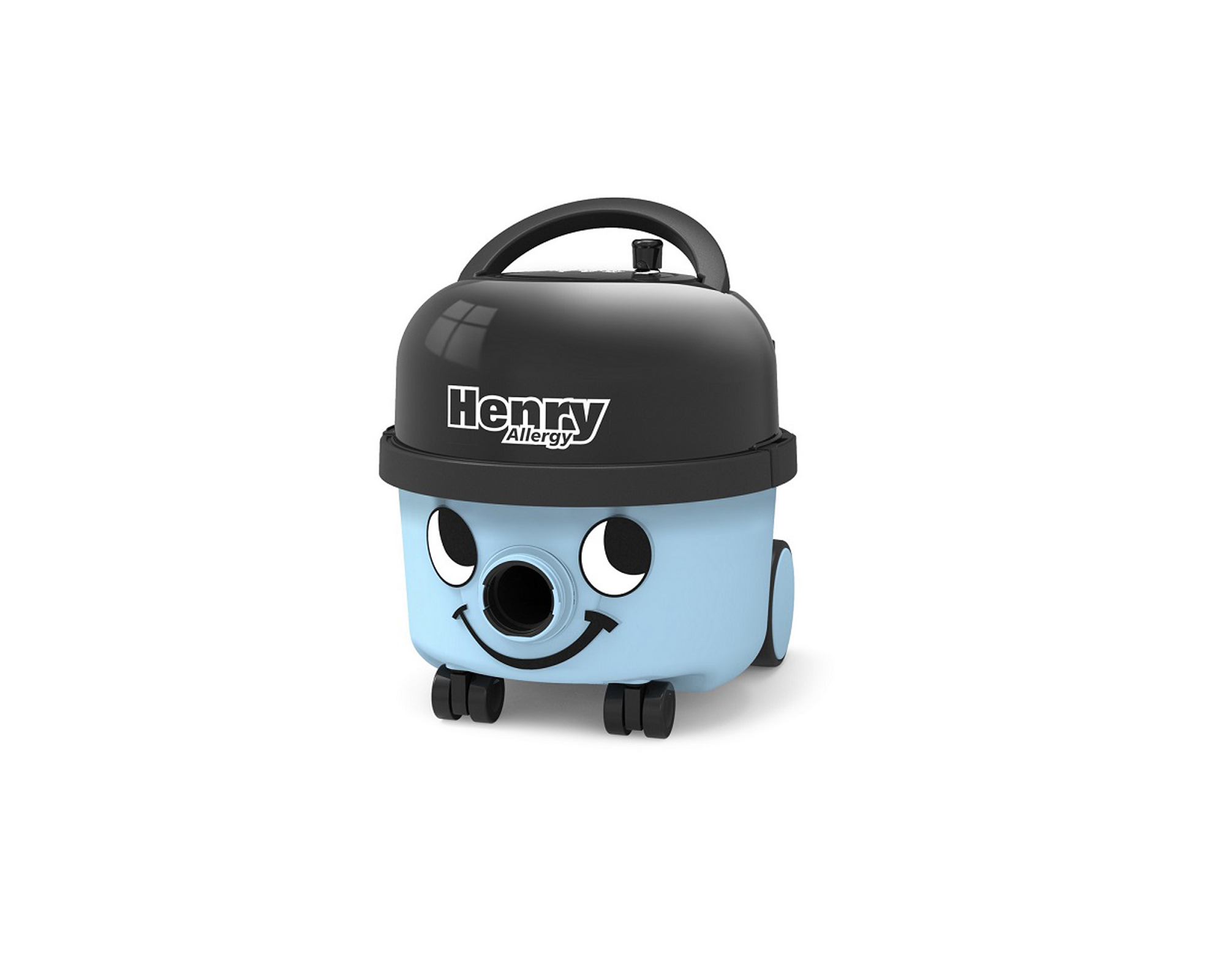
- Model number: HVA 160-11
- Bin capacity: 6L
- Power source: Mains electric
- Cleaning range: 12.5m
- Weight: 7.5kg
- Motor power: 620w
- Dimensions: H32cm x W34cm
- Warranty: 2 years

Linda is a professionally trained journalist who has specialised in home tech, interior design and fitness for more than two decades. She’s a fastidious product reviewer, design obsessive, serial renovator, and amateur runner.
She was sent the Henry Allergy to test in her Devon home, to find out how well it performs across various floor types and how well it copes with busy family life, and her three super-fluffy, world-class-moulting dogs.
We are not given any compensation for our reviews, but if manufacturers do not require test products back, we can continue use and update with any new findings should they arise.
Who will the Henry Allergy vacuum suit?
Allergy sufferers are an obvious target for the Henry Allergy but beyond dust-phobics, you’re looking at anyone who is hard on their vacuums, hates tech and/or prefers the raw power that only mains electric can deliver.
Our delivery, unboxing and set up experience with the Henry Allergy
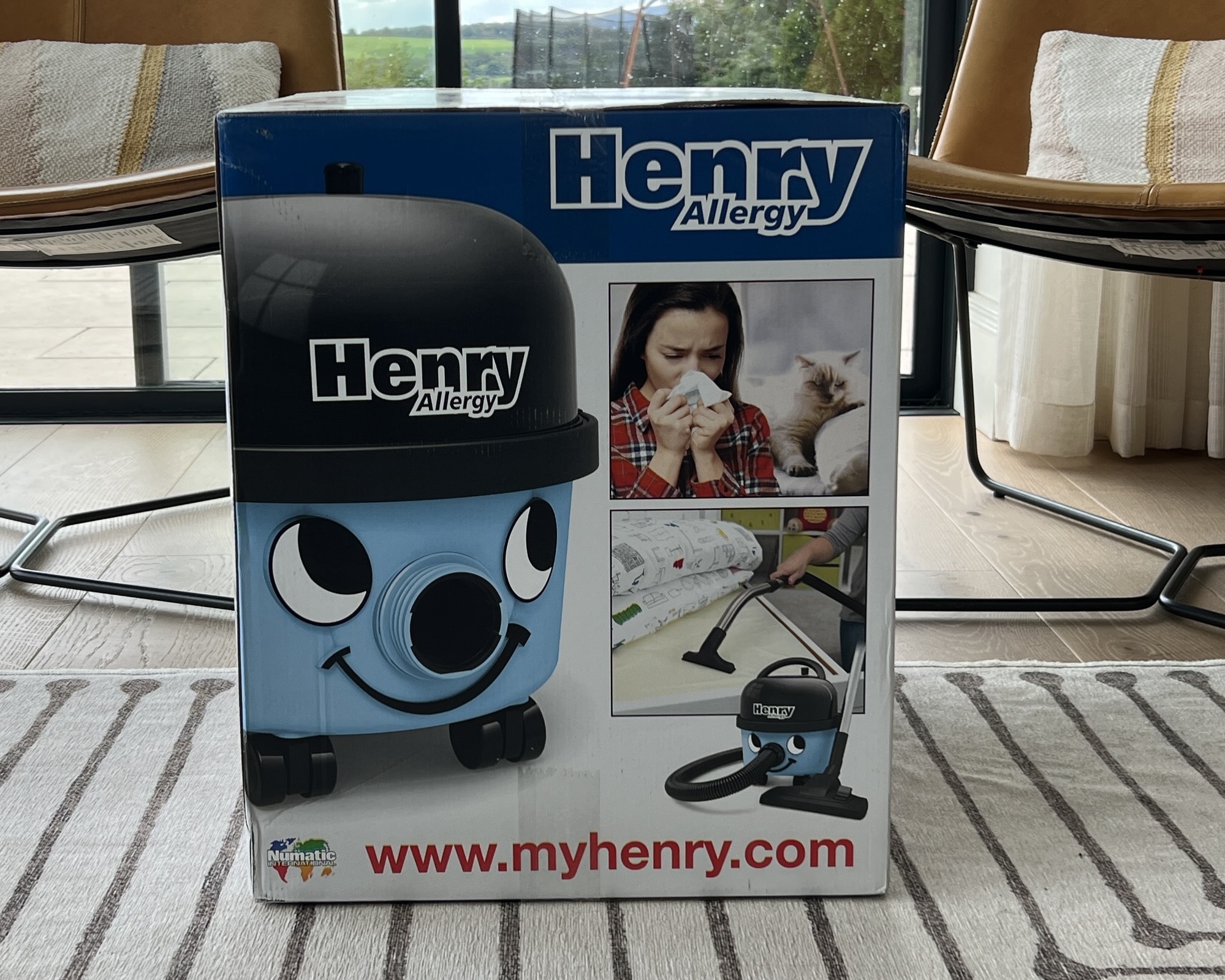
Delivery was fast and low stress, and the package was big but not excessively heavy or hard to handle. Unboxing the Henry Allergy also went without a hitch. There was a small amount of plastic but the packaging was mostly moulded cardboard.
The ‘owner instructions’ were delightfully retro in design, with old school illustrations showing how to put the vacuum together. While the assembly process doesn’t really warrant explaining, it was worth a look to discover that there are two ways to connect the main nozzle pipes according to your height. Being fairly tall (5’10”), I opted for the connection that gave me an extra 50mm height at hand level.
While the overall construction of the vacuum’s main unit, complete with gurning face of course, looked and felt very solid, I couldn’t help noting that the floorheads let the Henry Allergy down. They look and feel cheap. They’re too light and there’s also no motorised brushhead, which comes as standard on 99% of the vacuums I’ve tested. Disappointing.
Also, there were two floorheads, one flatter and flimsier than the other, and no explanation in the instruction booklet regarding their uses. A little online research revealed the flimsy head is for hard floors only but since the main head has a rocker that switches from carpet to solid floor, it seems pointless.
On the plus side, I didn’t have to wait for a battery to charge before I could get on with cleaning, which made a welcome change from my usual cordless and robot vacuum tests. There was already a vacuum bag loaded up, so it really was just a case of (find an available) plug and go.
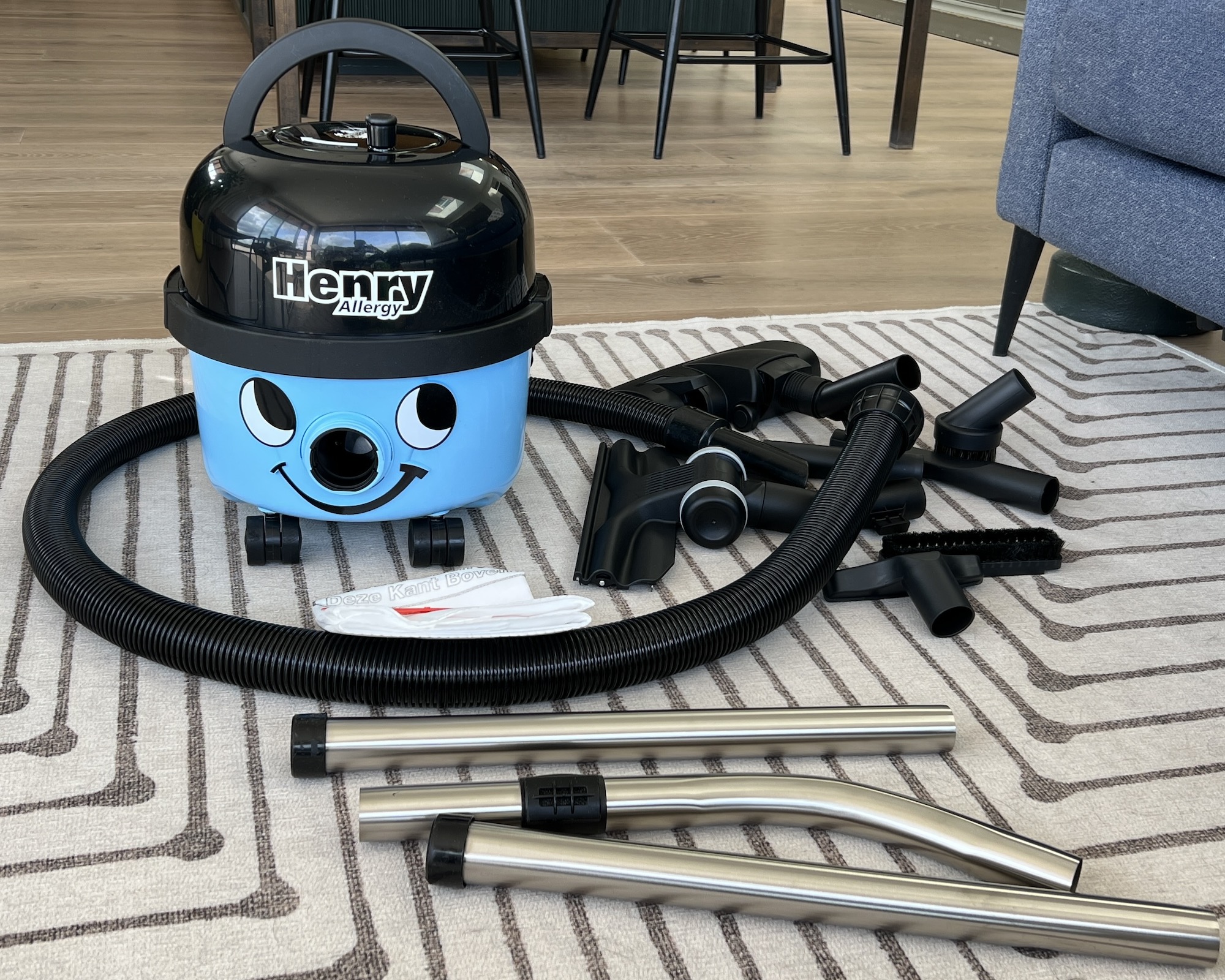
How does the Henry Allergy perform and clean?
The first thing you will notice when turning the Henry Allergy on is the incredible suction power. It truly is epic. The second thing you might notice, or you certainly will once you hit a rug or carpet, is that the power can prove a little too fierce. The floorhead suctioned onto our kitchen rug so firmly I was able to lift the whole thing off the floor, which was impressive but didn’t clean the rug!
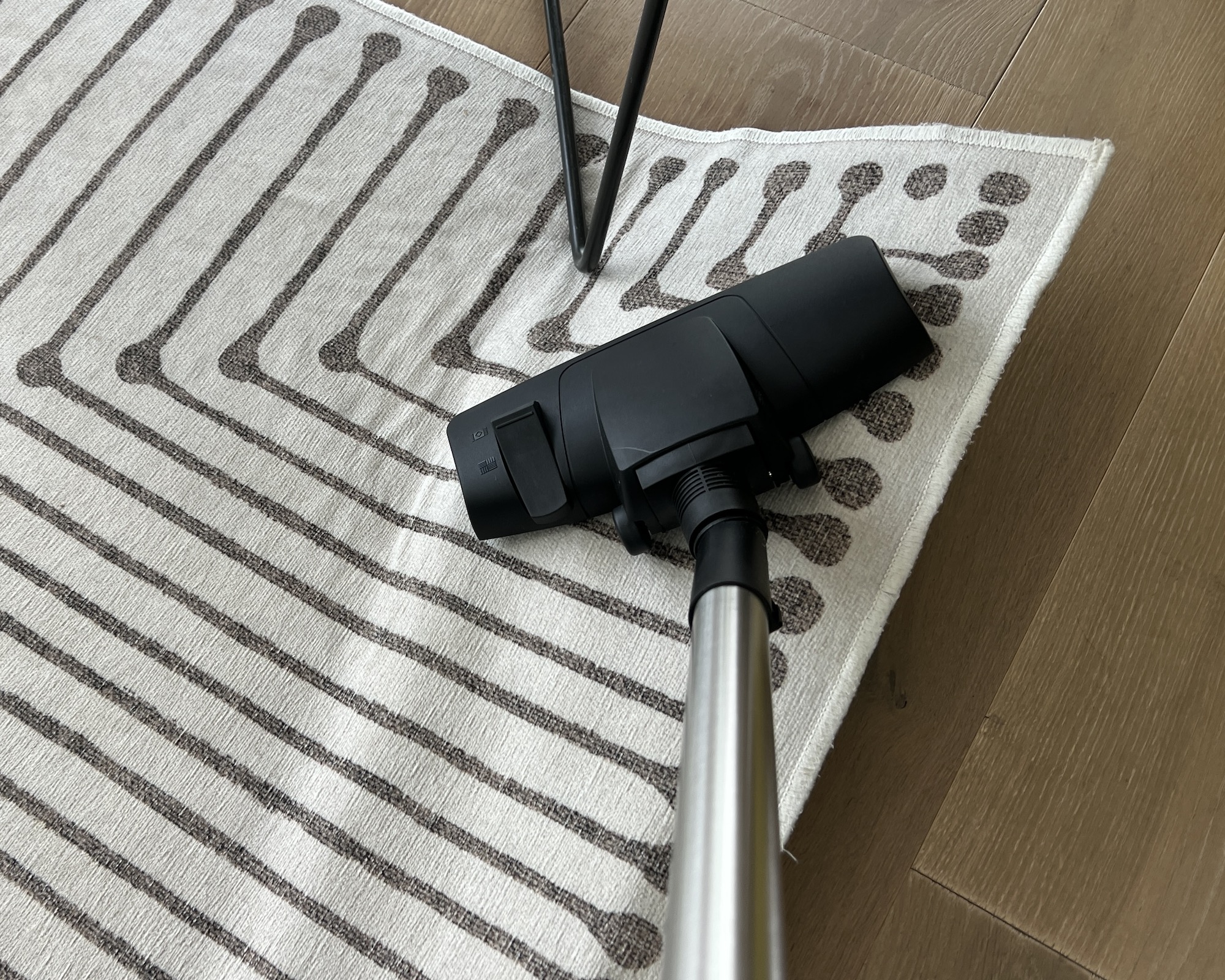
On carpet, which was firmly fitted to the ground, I could just about move the floorhead forwards and backwards, but it felt like a serious workout – good for my biceps but not my energy or sweat levels.
Luckily there is a twisty vent in the tube, near where you hold it, which allows you to reduce the power enough to vacuum smoothly, while still getting great results. I had to open the vent every time I moved onto a rug or carpet and often forgot to close it again, but the suction is so good, it probably didn’t matter. It’s also important to make sure the floorhead is on the carpet setting (there’s a rocker switch you can do with your foot) as this will provide smoother traction across the surface, without making you sweat.
Once I’d nailed the power levels/floorhead setting for different surfaces, using the Henry Allergy got much easier. And the cleaning was truly excellent, it’s easy to see why Henry vacuums are a top choice for commercial cleaning. I tested with flour and Coco-pops on all surfaces and the results were flawless every time. I had to go over the same area more times on the carpet than the laminate flooring, as you might expect, but nothing was left behind and nor did the floorhead push debris around rather than suck it up.
The cleaning range of the Henry Allergy is 12.5m, according to my tape measure and including the length of the electric cord plus hose/floorhead at full stretch. This is considerably less than the 26.1m cleaning range Numatic claims, which is either a typo or I am missing something! Regardless, I found 12.5m adequate when cleaning our four-bedroom house, even taking into account the limited socket options. I had to re-plug the vacuum three times while vacuuming downstairs (which has a large extension) but only twice upstairs. It was quite relaxing not to have to keep an eye on the battery levels.
On the stairs it’s a total pain. It’s not terribly heavy but the round base is too wide to sit unsupported on the steps, so you have to wedge it in place with one leg as you progress up the stairs. The hose wangs about, getting in the way.
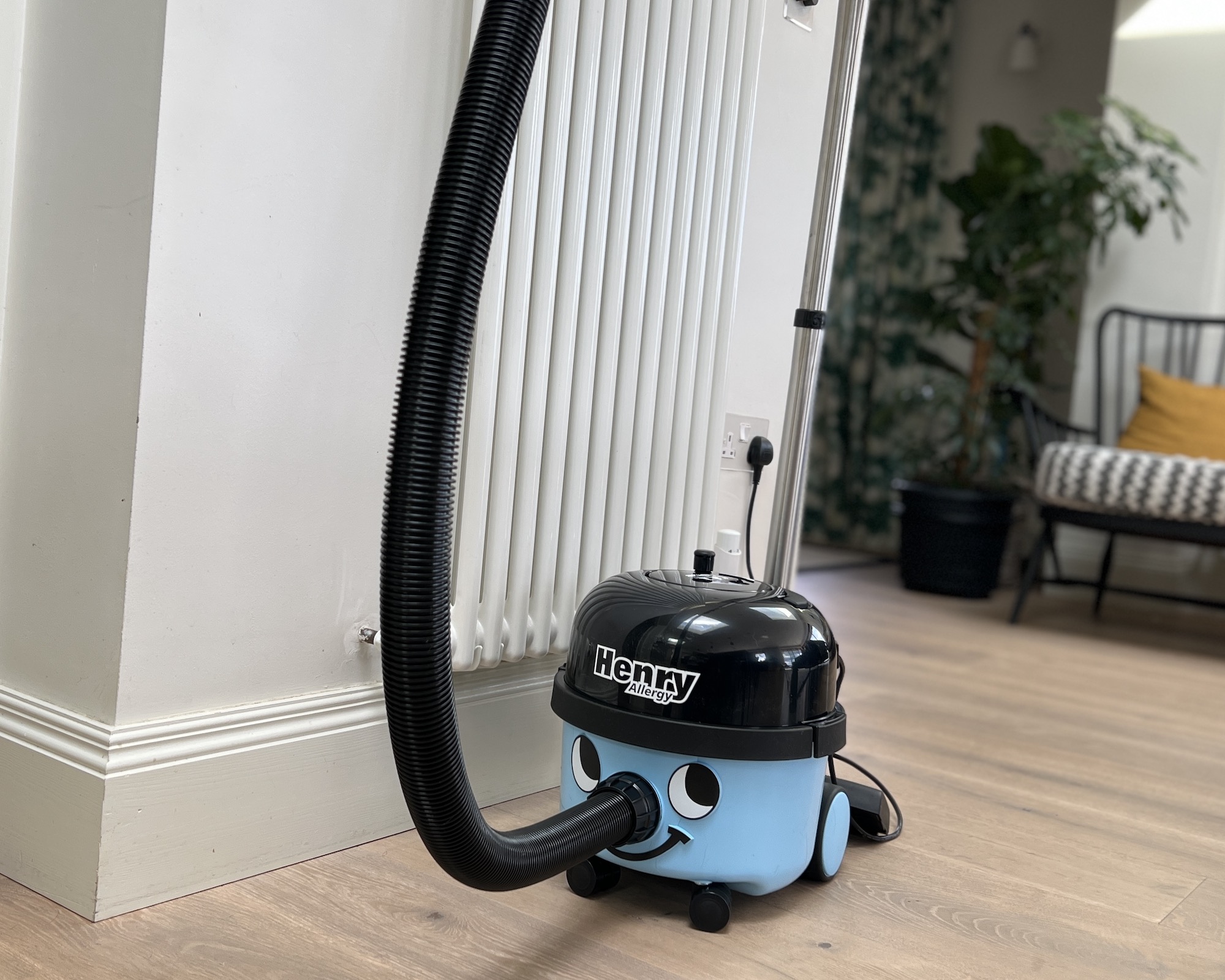
Floorheads
As mentioned already, I didn’t really see the point of the thinner solid floor attachment. When I tried it, I didn’t find it any better or easier to manoeuvre than the main floorhead supplied and certainly didn’t want to be switching floorheads in rooms that were solid floor and rugs. In the cupboard it stayed.
The main floorhead is OK but it still felt a little cheap compared to those I have tested in recent years. This could be down to the lack of motorised brushhead, which helps the floorhead move more easily over floors. I missed the motorised brush on all surfaces, especially our pet hair covered upholstery, but I didn’t miss having to unclog a whole wig’s worth of hair from its brushes every week.
Another feature I missed on the floorhead was LEDs, which are great for showing up dog hairs and dust that you can’t always spot in normal daylight. I couldn’t fault the reachability under furniture though, it pivots almost flat to slide under sideboards and low plinth lines.
Attachments
The high suction levels really come into their own when using the nozzle attachments to get right into corners and crevices. The suction reaches far deeper than the nozzle alone. This let me dust into the depths of my radiators for the first time ever (very satisfying) and chase down cobwebs that were just out of reach.
The Henry Allergy comes with a skinny crevice nozzle, an upholstery nozzle (with slide on brush attachment) and a round brush nozzle, plus an extension tube.
Noise
The decibel measuring App on my iPhone measured the Henry Allergy sound range from 61-65 decibels. This is slightly lower than average and, without the whirr of a motorised brushhead, meant the noise levels didn’t hurt a hangover or become annoying when vacuuming for longer periods.
Did the allergy relief feature make a noticeable difference?
The addition of a large HEPA filter ring inside the hood of this vacuum is the main element that stands it apart from a regular red Henry. According to a leaflet by Allergy UK supplied with the vacuum, it “may, in proper use, reduce exposure to house dust mite allergen and cat allergen”.
While it’s pretty hard to quantify allergy relief in any scientific way (without retraining as a scientist I mean), the sheer size of the filter inside this vacuum suggests it really means business. This is on top of Henry’s regular Tritex Filter (the squishy white ‘hat’ that you place on top of the vacuum bag before closing the lid) and the Hepaflow vacuum bags. According to Numatic, this three-pronged filter approach means the Henry Allergy traps particles up to 800 times smaller than the width of human hair.
I can’t honestly say whether it significantly improved my daughter’s allergies, not least because they vary by the day/season, but I definitely noticed that the surfaces in our house were less dusty. Also, when I opened up the Henry Allergy to see how easy it was to remove the HEPA filter, I was astounded by how spotlessly clean the vacuum was inside. This was after four weeks of (near) daily vacuuming, including the flour testing, which involved nearly half a bag of Homepride. If the insides of the vacuum are not dusty, surely that means the dust filters are doing their job?
It's also worth noting that choosing any bagged vacuum, over a bagless model, will drastically reduce dust levels in your home, unless you empty said bin outdoors.
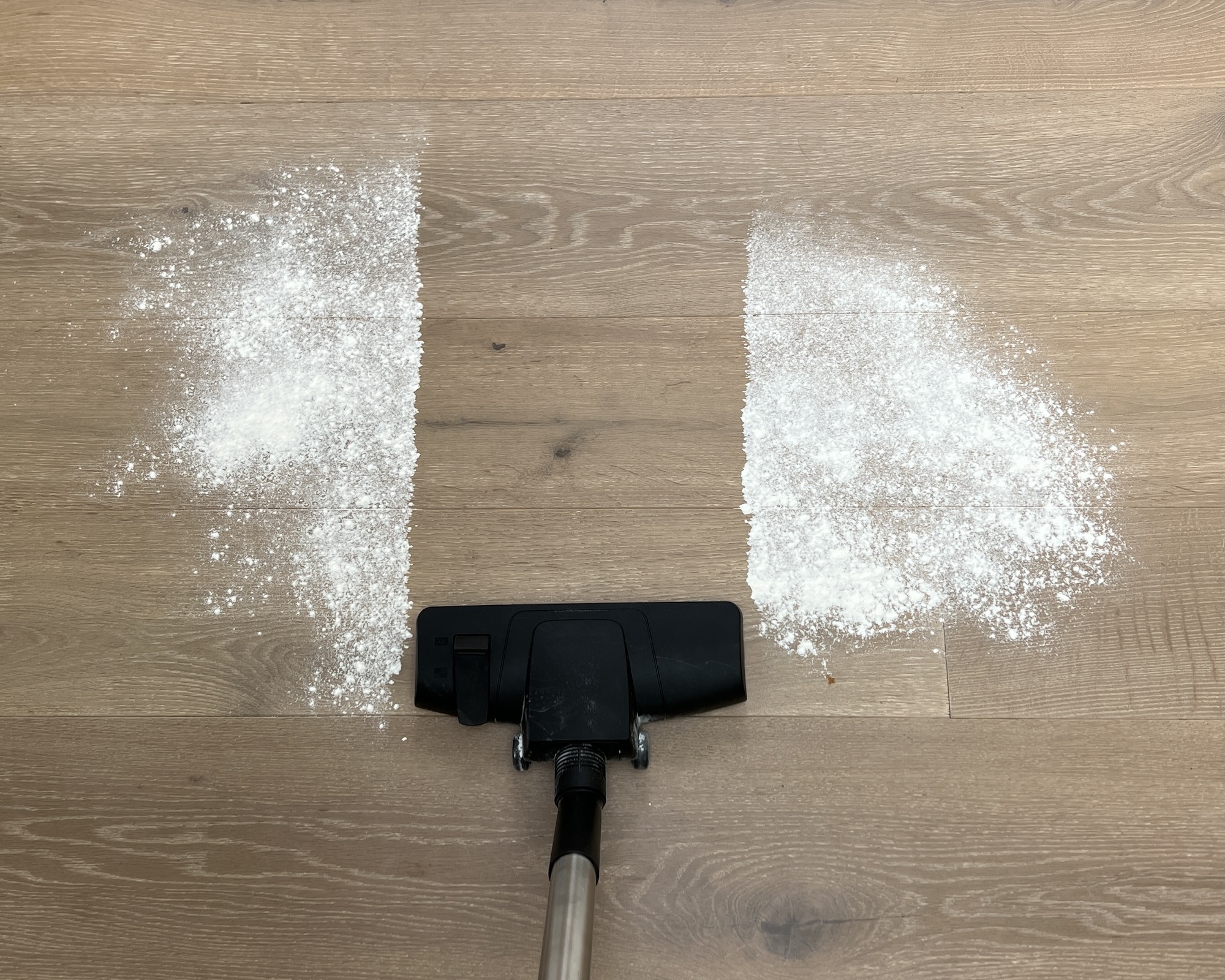
Storing and maintaining the Henry Allergy vacuum
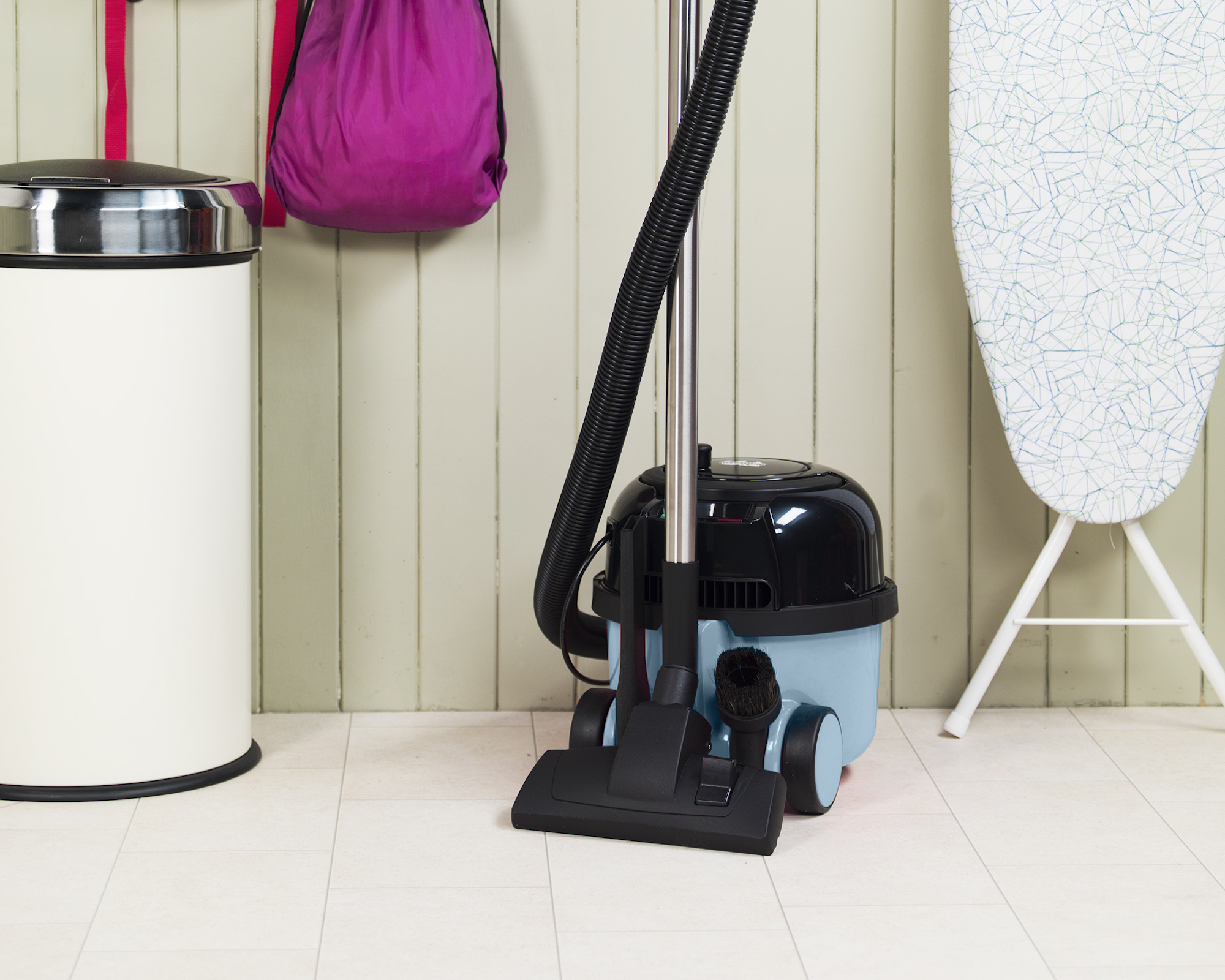
The beauty of bagged vacuums is there’s precious little maintenance required in terms of cleaning, compared to bagless, which seem to need a full internal scrub down every week or two to maintain suction.
The instruction leaflet has a page called ‘changing the filter’, which refers to the large HEPA filter in the motor unit (a.k.a. Post Motor Filter H13). There are no further instructions, so I rang Numatic HQ and the customer services team told me they are designed to be cleaned rather than replaced and in reality you are unlikely to need to replace the filter for “a very long while” (they couldn’t be more specific).
This is just as well because a replacement filter will cost you around £148. Gulp. To clean the HEPA filter, which isn’t a frequent affair I was pleased to hear, you just twist a locking mechanism in the underside of the motor and the filter unit lifts out. Only clean it if you notice reduced power and it looks absolutely bunged up. Don’t use water, just knock out the dust (preferably outside on a wind-free day!) and pop it back in.
Storing the Henry Allergy is pretty easy, apart from the boring cable winder that is manual and takes a minute or two to fully recoil. The floorhead latches on at the back of the vacuum, keeping the hose and pipes in an upright position, so you’ll need a tall storage space. There’s only two nozzle docking points on the machine itself, so you’ll also need to find somewhere to store the rest.
To empty, take out the bag, close the lid, and throw it in the dustbin. New bags start at £4.49 for three but they will last a very long time. I didn’t even get close to a full bag in four weeks.
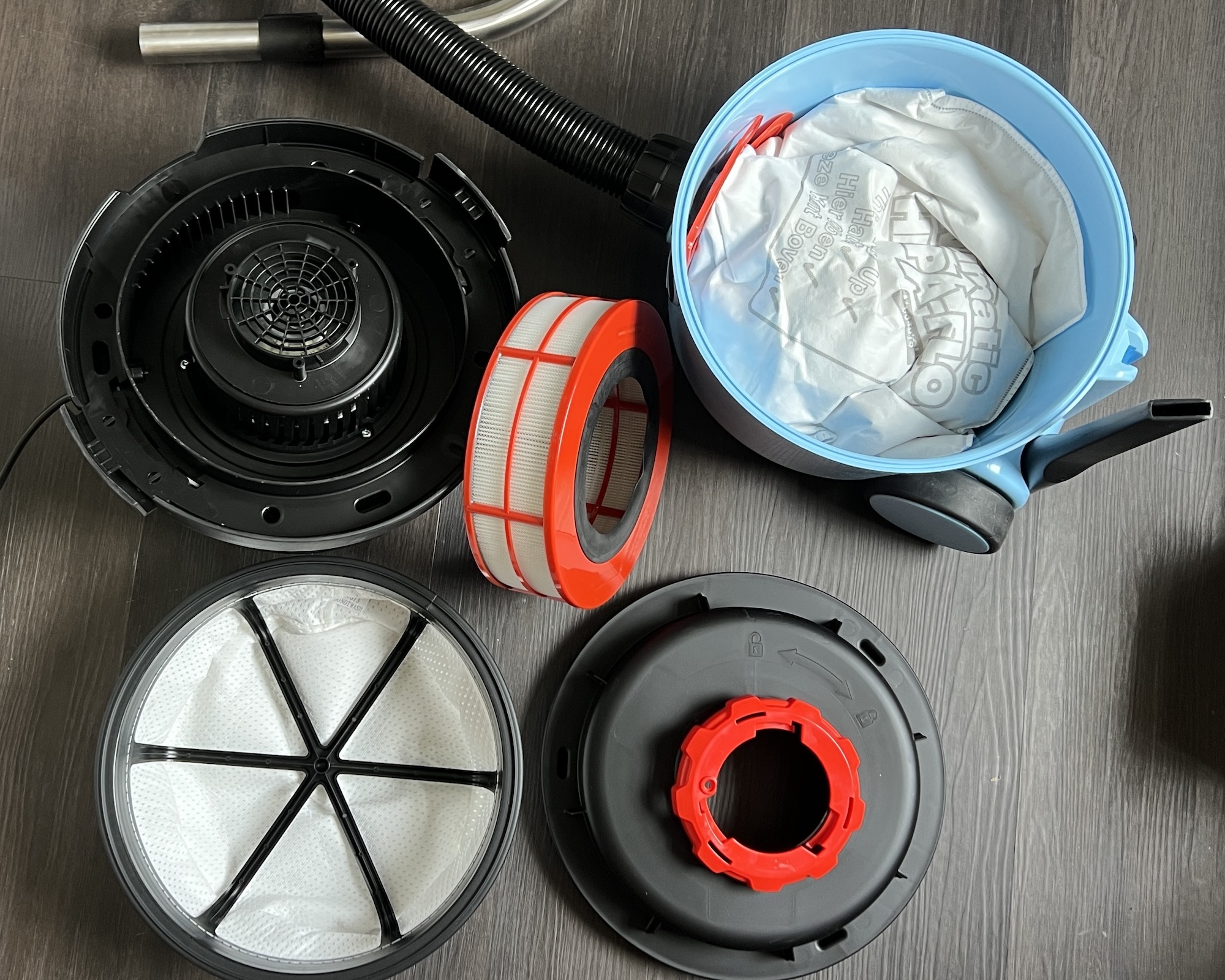
How does the Henry Allergy rate online?
There is a huge fanbase for all things Henry online, and the Henry Allergy is no exception. On Numatic’s Myhenry.com site, the TrustPilot reviews rate it at 4.7 out of 5 (88 total reviews) with plenty of love for ease of use, lightness and decent reach under cupboards. Not forgetting the bonkers suction levels, which customers declare is the best they’ve ever experienced and the reason they’ll always stay loyal to the Henry brand. It’s a similar story on other customer rated sites, like Amazon and Argos. The only recurring complaint is with regards to manoeuvrability struggles on carpet – by buyers who haven’t discovered the pressure-releasing air vent, presumably.
How does it compare with other vacuum cleaners?
The Henry brand is in a class of its own really but if we had to compare the Henry Allergy beyond the Numatic stable, its closest competitor would be the Miele Complete C3 Allergy. This corded, bagged vacuum features a HEPA AirClean filter that captures 99.9% fine dust particles and allergens. Like Henry, Miele has a solid reputation for making solid appliances, but the Miele vacuum possibly has the edge in terms of flexible functions. Pricewise, the Henry Allergy wins at £199.99, compared to Miele’s £319.
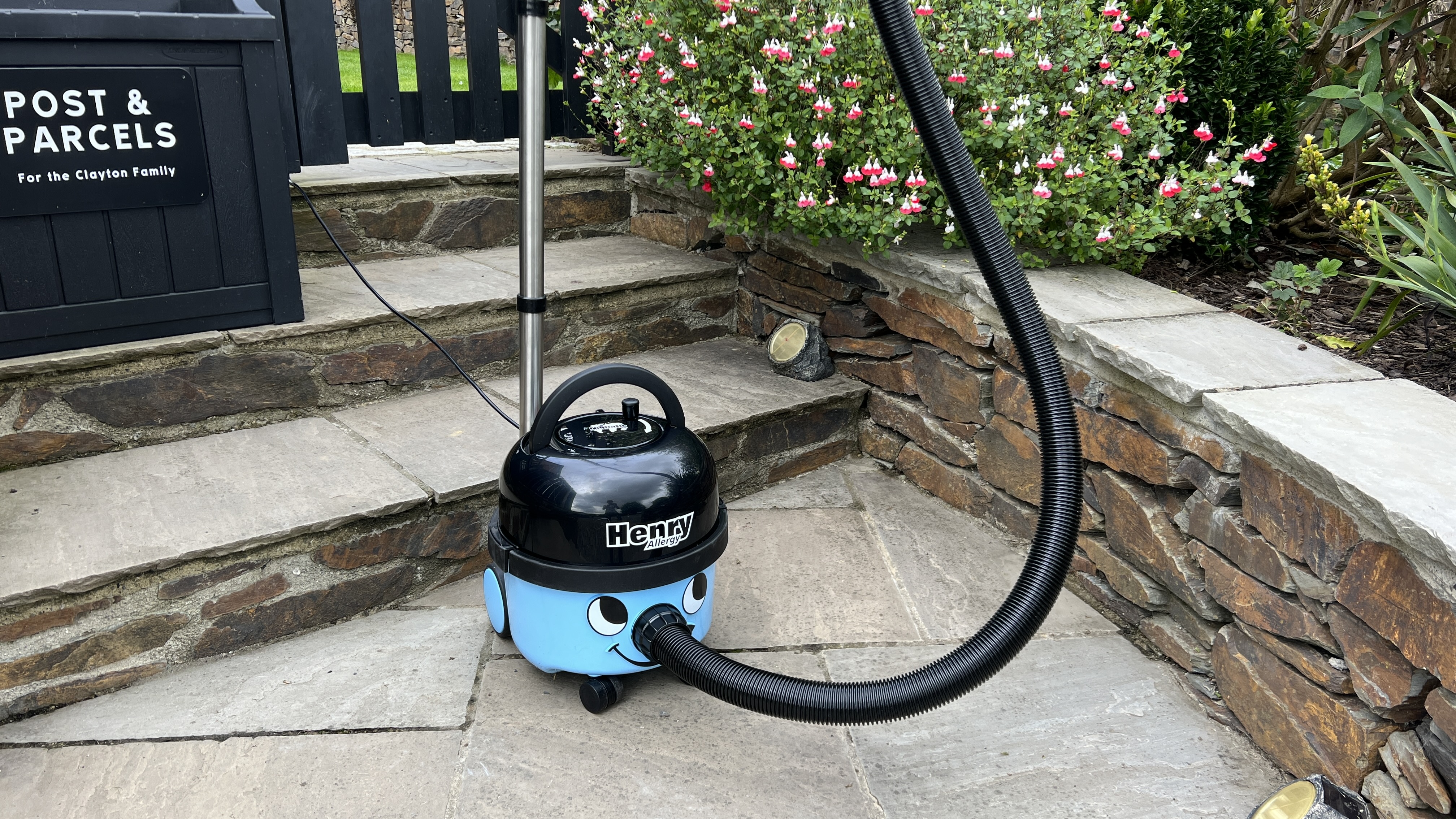
Should you buy the Henry Allergy?
This is a tough question for a cordless convert but if you are open to the benefits of corded vacuums, and there are one or two, then the Henry Allergy offers extreme suction at an attractive price. We can’t guarantee it has allergy prevention powers but three types of filtration in one machine has got to be good news for any homes where dust is problematic, whether medically or aesthetically.
About this review, and our reviewer
At Real Homes, we know how we test our products in reviews is important, so that we can give you the most useful information possible before you choose to buy a product. That's why our trusted freelancer Linda, who has tested a number of vacuums for us over the years, has been using this vacuum for a number of weeks at home. She put it to the test on a variation of floor types and on different obstacles (the flour and Coco Pops tests to name a few) before she gave you her verdict, making sure to thoroughly examine all of the allergy-specific features too. Thanks to her busy family home, she's also well versed in what it takes to banish pet hair and keep dust at bay.
Join our newsletter
Get small space home decor ideas, celeb inspiration, DIY tips and more, straight to your inbox!
Linda is a freelance journalist who has specialised in homes and interiors for the past 19 years, beginning on a trade rag for the Daily Mail Group and now writing full-time for the likes of Homes & Gardens, Livingetc, Country Homes & Interiors, and of course Real Homes. Linda is our resident mattress reviewer. She spends at least a week on every mattress she tests for us, as does her ever-patient husband. In reviewing mattresses for us for more than a year, she has become something of a very opinionated expert. She lives in Devon with her cabinetmaker husband, two daughters and many pets, and is locked in an on-going battle to drag their red brick Victorian home out of 1970s swirly-carpet hell...
-
 Jennifer Garner's dining room is filled with “cohesive and intentional” features that showcase her personality
Jennifer Garner's dining room is filled with “cohesive and intentional” features that showcase her personalityDesigners love how the actor's space is rustic yet refined
By Eve Smallman Published
-
 Bobby Berk has revealed his favorite wall paint color — designers agree that it's a chic choice
Bobby Berk has revealed his favorite wall paint color — designers agree that it's a chic choiceThe Queer Eye star's choice of black is elegant and easy to decorate with
By Eve Smallman Published
-
 Vanessa Hudgens’ wallpaper puts a trendy twist on a classic style — designers love her effortless approach
Vanessa Hudgens’ wallpaper puts a trendy twist on a classic style — designers love her effortless approachThe actor's nature-inspired print is characterful and chic
By Eve Smallman Published
